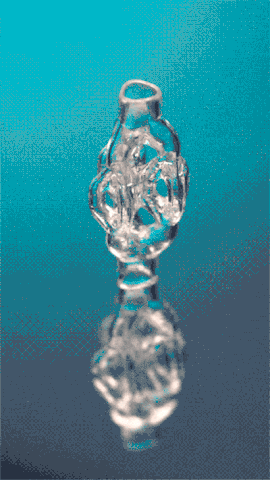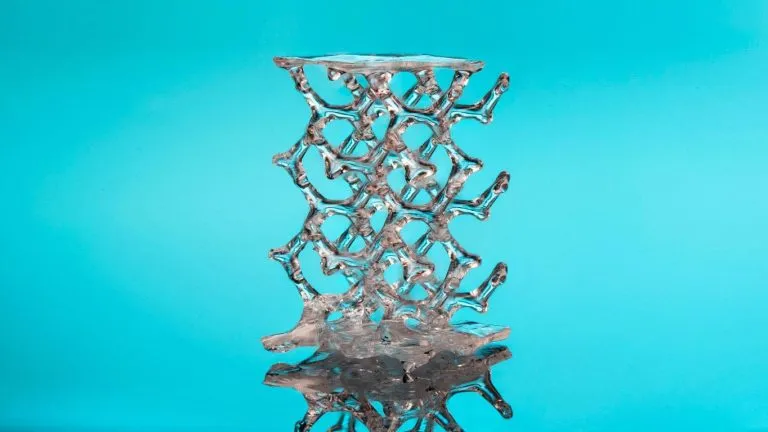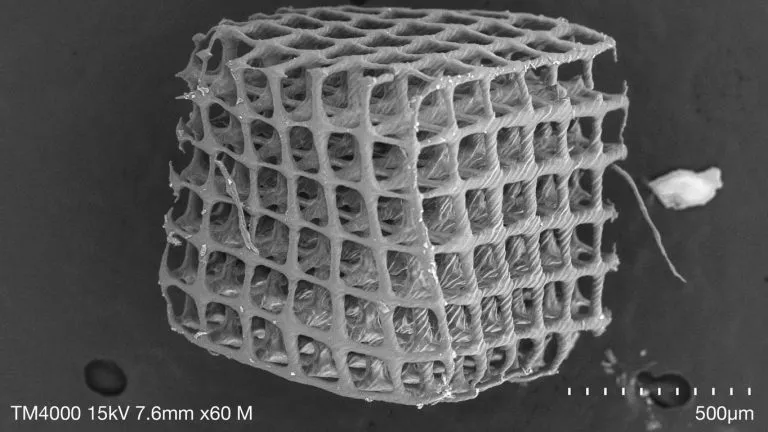According to Science 》In a new study in the journal, researchers at the University of California, Berkeley have developed a new method for 3D printing glass microstructure** This method is faster and produces objects with higher optical quality, design flexibility and strength.

The researchers worked with scientists at the University of Freiburg in Germany to expand the ability of the 3D printing process, computational axial lithography (CAL), developed three years ago, to print finer features and print them in glass. They called the new system "micro cal".
Glass is often the preferred material for manufacturing complex microscopic objects, including the lens of small high-quality cameras used in smartphones and endoscopes, and microfluidic devices for analyzing or processing trace liquids. However, current manufacturing methods may be slow, expensive and have limited capacity to meet the growing needs of the industry.

Cal process is fundamentally different from today's industrial 3D printing manufacturing process, which uses thin material layers to build objects. This technique can be time-consuming and can lead to rough surface textures. However, Cal prints the whole object in 3D at the same time. The researchers used lasers to project light patterns into rotating photosensitive materials, establish a three-dimensional light dose, and then solidify into the desired shape. The non layering nature of cal process makes smooth surface and complex geometry possible.
This study broke through the boundary of cal and demonstrated its ability to print microscale features in glass structures. "When we first published this method in 2019, Cal could print objects into polymers with a characteristic size of about a third of a millimeter," said Hayden Taylor, a principal researcher and professor of mechanical engineering at the University of California, Berkeley.

"Now, with micro cal, we can print objects in polymers with features as small as about 20 millionths of a meter, or about a quarter of the width of human hair. Moreover, we have shown for the first time that this method can print not only in polymers, but also in glass, with features reduced to about 50 millionths of a meter."
To print glass, Taylor and his team worked with scientists at the University of Freiburg to develop a special resin material containing glass nanoparticles surrounded by a photosensitive adhesive liquid. The digital light projection from the printer solidifies the binder, and then the researchers heat the printed object to remove the binder and fuse the particles together to form a solid object of pure glass.

"The key factor here is that the refractive index of the adhesive is almost the same as that of the glass, so there is little scattering when light passes through the material. The cal printing process and the material developed by glassomer (GmbH) are a perfect combination of each other," Taylor said
The research team also conducted tests and found that the glass objects printed by cal have more stable strength than those manufactured using the traditional layer based printing process. "Glass objects tend to break more easily when they contain more defects or cracks, or have a rough surface. Therefore, the ability of cal to make objects with a smoother surface is a great potential advantage over other layer based 3D printing processes," Taylor said

Cal's 3D printing method provides a new and more effective method for manufacturers of micro glass objects to meet customers' demanding requirements for geometry, size and optical and mechanical properties. Specifically, this includes manufacturers of micro optical components, which are key parts of compact cameras, virtual reality head displays, advanced microscopes and other scientific instruments. "The ability to manufacture these components at a faster speed and greater geometric freedom may lead to new equipment functions or lower costs," Taylor said